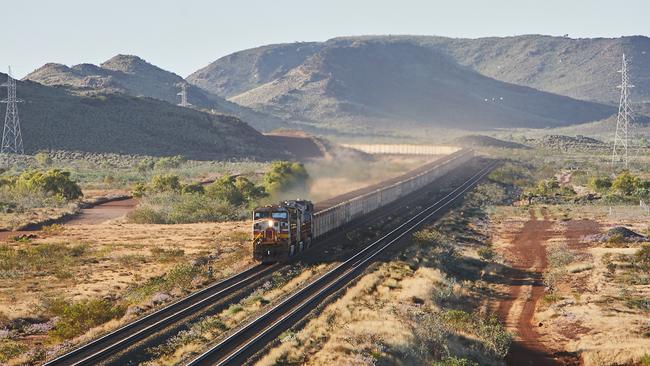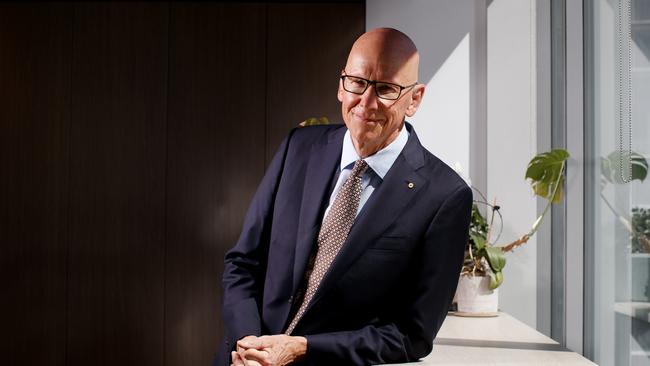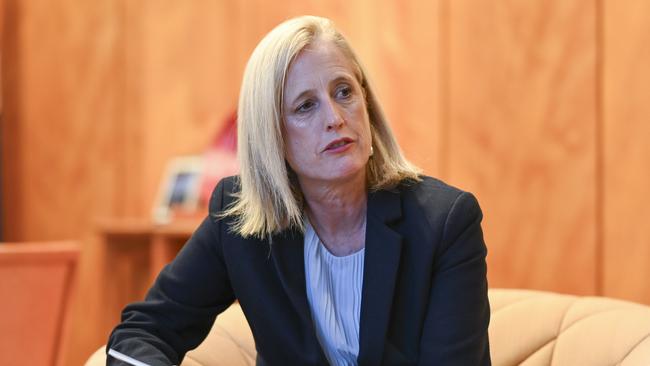
If a train crashes in the Pilbara and nobody sees it, did it really happen? That’s the question Rio may struggle with, after the mining giant piled up its iron ore train set for the third time in less than a year on Monday.
Getting rid of all of the drivers was supposed to make Rio’s rail operations safer, as well as more efficient. The trains, Rio boasts, reduce risk through “automated responses to speed restrictions and alarms”.
Perhaps next time Rio should set an alert for other trains they’ve managed to leave on their rail line, given the automated loco managed to slam into the back of another train left behind after (presumably) an earlier failure.
There’s also a curious disparity between what Rio is saying – that there were “no people within the vicinity of the incident and no injuries” – and the mining union, who say five maintenance workers had to abandon the broken down train in a hurry after being alerted to the coming impact. The workers were, Margin Call understands, in one of the lead locos of the broken down hauler – some 200 rail cars and about 2km from the site of impact. But still, force transfers through even that distance if the weight involved is great enough, and it only takes a couple of banged heads to ruin your safety figures.
Three locos and 22 rail cars left the line in the incident – and that might be even more of a problem for Rio, given a number of the engines rolled partially down the hill, and early reports seem to indicate diesel and engine oil might have spilt into a local creek.
Initial reports seem to indicate the offending train was supposed to have been shunted down a separate rail loop to head around its stranded cousin – but that doesn’t seem to have happened.
The Office of the National Rail Safety Regulator (ONRSR) and the Australian Transport Safety Bureau are investigating.
Aficionados of train wreck reports are advised not to hold their breath, though, given how long it takes the ATSB to investigate incidents that involve trains with actual drivers – a quick survey of the regulator’s website shows the ATSB is still to deliver a final report into the collision between Aurizon and Qube trains in Queensland in August 2022.
Perpetual’s $2.2bn yardsale
When one of the grand poobahs of funds management weighs in, the seething masses on the social media platform formerly known as Twitter listen, probably.
Geoff Wilson, best known for opposing all manner of adventurous interventions in the nation’s tax systems that would imperil the rivers of gold flowing to this country’s retirees, has taken sides in the “joke” that is Perpetual’s $2.2bn yardsale.

Perpetual is to set to flog itself to private equity bandits KKR in a deal that will see the fund’s management institution flog its very identity – the brand name – along with Perpetual’s wealth management business, once its family jewels.
KKR clearly thinks it’s a good deal – that’s why they’re prepared to pay Perpetual boss Rob Adams $2.2bn to make all his problems go away.
Lately The Australian brought readers news funds management wunderkind Rodney Forrest was prepared to take a run at Perpetual’s board. It’s not quite an assault on the Winter Palace but shows what many in funds management land were thinking.
Forrest’s intervention comes as many in the Perpetual alumni camp line up to snipe at the deal.
Wilson, who recently joined X with gusto, has come out in favour of Forrest’s forays with a well placed Fast and the Furious reference telling fans “I am 100% behind you for the $PPT board”. The Wilson Asset Management jefe supremo told this column he expected Forrest to get “significant backing” from Perpetual shareholders at large, noting the Sublime Funds Management fundie and alumnus of the Kerr Neilson school of making money would “get significant votes from people that are devastated”.
NAIF has a deal for you
With the Northern Australia Infrastructure Facility (NAIF) back in fashion with federal Labor as a means of splashing cash on critical minerals companies, it will be fascinating to see how parts of NAIF’s less-than-stellar track record are handled in Tuesday’s budget documents.
Labor’s Murray Watt once derided NAIF as the “no actual infrastructure facility”, but the Albanese government tipped in an extra $2bn to the fund last year, then earmarked $500m of that for critical minerals projects.
In February Finance Minister Katy Gallagher and Resources Minister Madeleine King changed the fund’s mandate to tie it more closely into projects that involve “sustainability, climate change and circular economy principles and solutions in Northern Australia” and “realising the Critical Minerals Strategy”.
But, as would-be critical minerals players prepare their applications to the cashed-up fund, it’s worth reflecting on how other investments have gone.

Most notably, the $83m or so NAIF pumped into ASX-listed Kalium Lakes – once worth close to $300m on the market – to help build the collapsed company’s potash problem in the Pilbara. Kalium collapsed in August 2023 after NAIF refused to stump up the final $5m of an extended funding package, with administrators installed shortly afterwards, and the secured lenders (including NAIF) quickly appointing receivers to recover what they could.
That’s not gone so well for anyone. Industry sources say early would-be buyers were scared off by NAIF’s insistence they take on the debt extended by the government body, and that of Germany‘S KfW IPEX-Bank – about $205m in all – as part of the agreement.
Then a deal to sell the company for $20m to fellow ASX-listed junior Reward Minerals fell over in March, when Reward shareholders couldn’t see the value in the $23m capital raising needed to fund the purchase, and promptly avoided the thing in droves. Now it appears even the paltry $20m offered by Reward won’t be returning to NAIF and KfW.
The company shell is being bought from administrators at KPMG for about $125,000 by Alt Finance, with former Kalium Lakes shareholders set to be wiped out.
And NAIF and KfW will have to settle for whatever is raised from a fire sale of the company’s remaining assets, with auction site Pickles recently advertising a sale of Kalium’s gas-fired power plant, processing mill, accommodation camp and sundry remaining equipment to whoever can get up into the middle of WA’s Little Sandy Desert to collect them.
How much will that raise?
A bit less than $20m, you’d guess.
It will be interesting to see how NAIF fares in the budget.




To join the conversation, please log in. Don't have an account? Register
Join the conversation, you are commenting as Logout